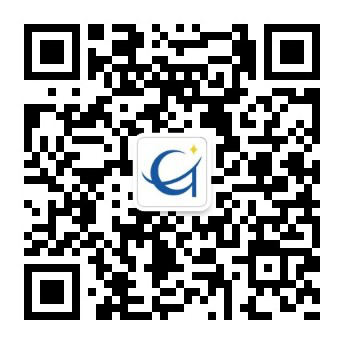
The divergent effects of agent-controlled transparency on corruption latency: Evidence from China
Author(s): Wenyan Tu, Ting Gong, Hui Li (corresponding author)
Journal: Government Information Quarterly
Language: English
DOI:https://doi.org/10.1016/j.giq.2024.101942
Online url: View Online
Abstrat
The importance of government transparency in reducing corruption has been well documented. However, the effects of different forms of transparency on containing corruption and whether transparency has a blanket effect across all forms of corruption remain less understood. This study examines the impact of agent-controlled transparency on the latency of different types of corruption. Drawing on a dataset of 30,558 corruptionrelated court judgments in China, this study employs hierarchical linear modeling (HLM) by integrating individual-level data and provincial-level data to yield three major findings. First, agent-controlled transparency is more likely to decrease the concealment of petty corruption than grand corruption. Furthermore, agentcontrolled transparency is more likely to reduce the latency of autocorruption than transactive corruption, which is usually disguised in normal social interactions. Third, when the scale and form of corruption are combined into four types, namely petty autocorruption, grand autocorruption, petty transactive corruption, and grand transactive corruption, agent-controlled transparency is more likely to reduce the latent period of petty autocorruption than that of other types.
Citation
Tu, W., Gong, T., & Li, H. (2024). The divergent effects of agent-controlled transparency on corruption latency: Evidence from China. Government Information Quarterly, 41(2), 101942.




